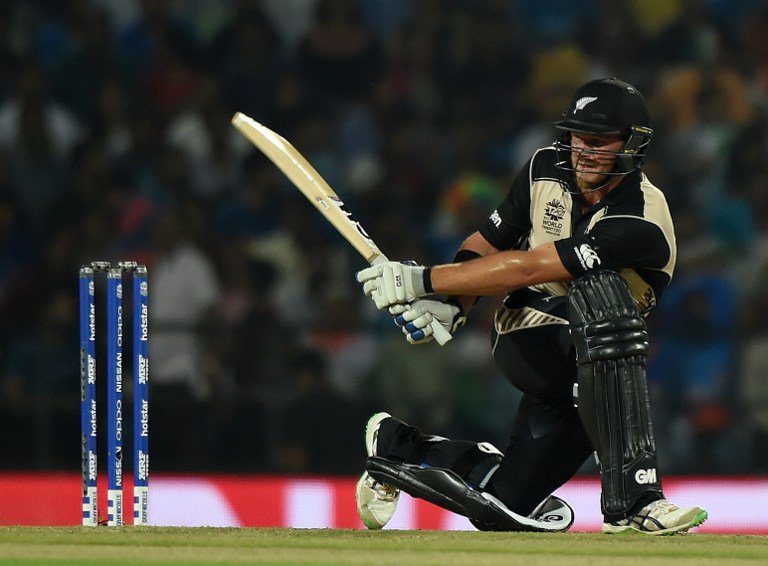After their World T20 fixture on March 15, New Zealand still enjoys a 100 per cent success against India in T20Is, winning all five games — by 10 runs at Johannesburg in a World Twenty20 fixture on September 16 (2007); by 7 wickets at Christchurch on February 25 (2009); by 5 wickets at Wellington on February 27 (2009); by one run at Chennai on September 11 (2012) and 47 runs at Nagpur (World Twenty20) on March 15, 2016.
And now, these five facts will show you how India couldn’t exploit a bad day for New Zealand — wilting to a shocking defeat in Nagpur:
– New Zealand’s 33 runs for the loss of two wickets in power-plays was the lowest for them in the 14 T20Is since the conclusion of the 2014 edition of the World Twenty20. They had managed 34 runs for three vs Pakistan at Dubai on December 4, 2014.

– Corey Anderson produced a strike rate of 80.95 during his innings of 34 off 42 balls – it is the lowest by a New Zealand batsman (25 or more runs in T20Is). The previous lowest strike rate by a NZ batsman was 90.00 by Ross Taylor, during his innings of 27 off 30 balls vs Sri Lanka at Lauderhill on May 22, 2010.
– New Zealand (126/7) recorded their lowest total vs India in T20Is, eclipsing the 150 for five at Wellington on February 27, 2009.
– New Zealand’s score is their second lowest successfully defended by them the lowest is 120 for seven vs Sri Lanka at Lauderhill on May 22, 2010.
And some stats which show India were equally bad:
– India had lost the first seven wickets for 43 runs – it was the first time they lost seven wickets for less than 50 runs in a T20I innings. In the first 15 overs, India amassed 61 runs for the loss of seven wickets — this was the lowest by them in T20Is.
– India’s 79 is the lowest all-out total in T20Is in India, eclipsing the 82 by Sri Lanka vs India at Visakhapatnam on February 14, 2016.
– India’s score is their second lowest all-out score in T20Is, next only to the 74 vs Australia at Melbourne on February 1, 2008.
Feature image source: AFP

















